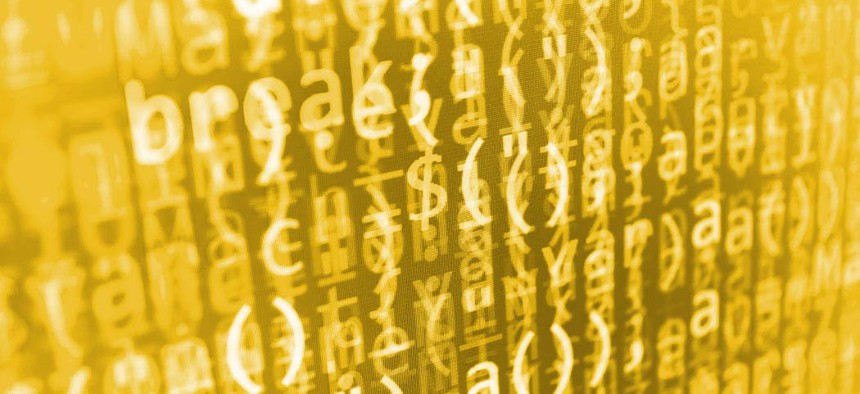DOD cyber officials: Pace of threats calls for faster acquisition
At the Sea Air Space Exposition, top naval officials described how new technologies are needed – and needed quickly – to address the emerging threats in the cyber domain.
A panel of top naval military officials outlined the need for faster fielding of technological tools to fight at so-called cyber speed as one of the many challenges within information warfare.
Speaking at the annual Sea Air Space Exposition on May 17, leaders discussed how rapidly technology has changed and how adversaries have adapted, creating faster and more complex threats. To help combat these emerging threat vectors, new tools and capabilities must be brought into the fold, Vice Adm. Jan Tighe, commander of Fleet Cyber Command and the Tenth Fleet, said.
“We have managed to pilot lots of capabilities that we would like to get fielded,” Tighe said. “But bringing the connective tissue together between an ability to pilot a new capability in a portion of our network and recognize the goodness of that and being able to bring it full circle to having it fielded in a way that people are trained—and that we’ve assured that we’re not going to break other things in the process—is something that’s still a little bit elusive,” she told the audience.
“You can’t fight in the cyber domain with old acquisition processes…it doesn’t work,” Brig. Gen. Loretta Reynolds, commander of Marine Forces Cyber Command, said during the panel. “The cyber threat is an all-day, everyday thing. We have got to have the ability to put tools on a network that get after the threats as they arrive.”
The Air Force has established a cyber proving ground as a for rapidly testing and fielding technologies to compete at “cyber speed” despite current acquisition processes. “What we’re seeing is in our defensive action—and some of our potentially offensive actions, our command and control, situational awareness, some other lines of effort—is the need to be able to field very rapidly applications, capabilities…that actually we can put in our operators’ hands very aggressively, very quickly,” Maj. Gen. Burke “Ed” Wilson, commander of the 24th Air Force, said.
Rear Adm. Robert Sharp, commander of the Office of Naval Intelligence, said his office is working to help inform the acquisition process through intelligence. “Part of what ONI does is, we understand adversaries’ platforms, sensors, their weapons systems,” he said, adding that ONI tries to understand these capabilities at an engineering level. “It’s important that we understand then at that engineering level so that we can help them form our own acquisitions. … A large part of what we’re doing right now is focused on, how do we get a more granular understanding of enemies’ capabilities.”
Another focus panelists touched on is the ongoing debate of terminology in the cyber domain. Understanding vulnerabilities and their origins is “something as simple as defining a common lexicon,” Capt. David McAllister, director of Intelligence for the U.S. Transportation Command, said. “Are we talking about cyber intrusions and incidents in the same manner? If one organization says we’ve had a cyber attack, what does that really mean? Is it an intrusion, is it an attack? What’s the context for that because that has operational implication for us,” he said. “So that common lexicon is something that we’re working hard with U.S. Cyber Command and also with the Department of Homeland Security and the FBI to understand because we kind of sit at that scene between DOD and the commercial sector and we have to rely on DHS and the FBI for notification to our commercial partners, because we don’t have legal authority to provide them information sometimes.”
This issue has been debated at length among members of Congress and top military cyber officials during congressional hearings. The issue has become so important, one senator thought it needed to be codified. The Cyber Act of War Act of 2016, introduced by Sen. Mike Rounds (R-S.D.), would “require the administration to develop a policy to determine whether a cyber-attack constitutes an act of war.”




